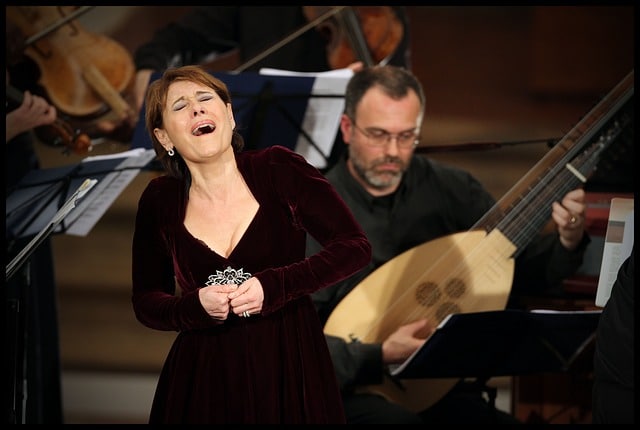
Lyrics, as a literary genre, are based on feelings.
Lyric , from the Latin lyrĭcus , is a literary genre in which the author expresses his feelings and aims to awaken analogous feelings in the reader or listener. Lyrics are usually expressed through works in verse, appropriate for singing.
The notion of lyric is linked to the lyre , a string instrument that was used to accompany recitals of this type of poetry . Lyrical works are subjective, written in the first person and reflect the author's intimate experiences and beliefs.
Characteristics of the lyric
The lyrical genre is composed of the lyrical speaker (who expresses his feelings), the lyrical object (the entity or situation that awakens the poet's feelings, expressed through the lyrical speaker), the lyrical motif (the theme of the work) and the lyrical attitude (the way in which the speaker expresses his feelings: it can be an declarative, appellative or carmine attitude). The author pours a state of mind onto the page, which is why it is said that his work arises from introspection.
Lyric verses can have different numbers of syllables. Works that have verses of between two and eight syllables are considered minor art. Greater art involves, however, verses with nine or more syllables.
In everyday language, lyric is that which promotes in the mind a feeling similar to that produced by lyrical poetry. For example: “The lyric of football can be seen in the feet of Lionel Messi.”
Origins of this literary genre
If we go back to Aristotelian Poetics, on the other hand, we do not find the concept of lyric poetry, or lyricism , as we know it today. Precisely, the term lyric only began to be used around the end of the 15th century, and its meaning was linked to music , as mentioned above.
In a stricter sense, lyric poetry is that of Greco-Latin origin from antiquity with genres such as elegy . Some of the most remote exponents were Pindar, Theocritus, Virgil, Anacreon, Catullus and Horace. This term can also be used to refer to the typical music of the troubadours and troubadours of the Middle Ages, as well as those who followed them in time, who sang themes of courtly love (expressed in a sincere, chivalrous and noble way), ballads, albas and layes.

Lyrical singing is part of what is known as classical music.
Lyrics as songs
Lyrical singing , on the other hand, is the set of techniques linked to the vocal repertoire of European classical music. Cecilia Bartoli, Franco Fagioli, Lisette Oropesa and Javier Camarena are some of the main exponents of lyrical singing in recent decades. Regarding the past, we can mention Joan Sutherland, Nicolai Gedda, Maria Callas and Luciano Pavarotti .
It is also common for people to refer to lyrical singing simply by using the word lyrical . In this way, we can find ourselves with sentences like the following: "I am convinced that lyric poetry has declined a lot since the 90s" , "One of the best things about lyric poetry is that singers are obliged to perform the pieces live" , "There are those who believe that lyrics elevate singing to much higher levels, but I believe that each type of music has its value ."
Lyrical singing is characterized by the particular placement of the singers, which differs greatly from those used in the various styles of popular music. Although each singer has his own timbre , academic music imposes certain rules for breathing and projection, which give rise to a kind of homogeneity among lyrical singers that is not heard in popular ones. However, no one would confuse Cecilia Bartoli with Joyce DiDonato, or Franco Fagioli with Philippe Jaroussky, two mezzo-sopranos and countertenors, respectively.
